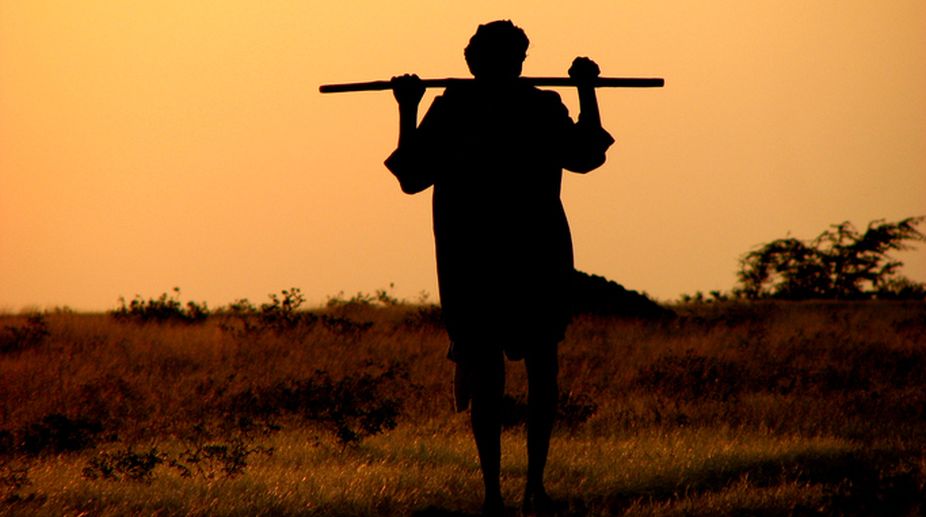From New Year’s eve to Wednesday, the West Bengal government has unveiled a welter of schemes to benefit the agricultural sector, direly distressed as farmers are across the country.
It would be less than fair for detractors to readily shoot from the hip, and debunk the initiative as essentially a pre-election gambit. It is fairly obvious, however, that Mamata Banerjee has utilised the time-gap between the BJP’s dismal performance in the Assembly elections and Narendra Modi’s scheduled announcement for the welfare of farmers. Still less has the Chief Minister followed in the footsteps of predominantly rural Odisha (Kaniya scheme) and Jharkhand, though the government would have reaped greater goodwill if Bengal had shown the way by announcing the benefits earlier than it has.
Advertisement
Central to the distress is that enough have died and many more are mired in privation. The agricultural economy is in tatters. An objective assessment would suggest that the positive moves have been initiated in the eastern region, and it is fervently to be hoped that the schemes will forestall suicides, now almost endemic in certain parts of the country.
READ | West Bengal government to fund 100% crop insurance for farmers
Chief among the steps for Bengal is the government’s resolve to pay the entire premium (100 per cent) for crop insurance. This will entail a shift in the dynamics of the rural economy. Theoretically it ought to reduce the farmers’ dependence on loans ~ either from banks or the village middlemen ~ waived or otherwise. Regretfully, the number of potential beneficiaries remains indeterminate and the basics of agricultural economics would suggest that the departments of finance and agriculture ought to have calculated the outlay on this non-budgetary expenditure. As the crop insurance scheme will be wholly funded by the state, the 20 per cent funding by the Centre may not be necessary, after all. Appropriately enough, the Chief Minister has made the announcement in Birbhum, a district that is chronically affected by drought.
Hence the emphasis on what they call the jal dhoro, jal bhoro project to conserve water for the lean season, showcased by the virtually dry Ajay river during certain months of the year. No less beneficial is the Krishak Bandhu Scheme, which envisages an assistance of Rs 5000 per acre twice a year to farmers between the ages of 18 and 60 and with the start of the sowing season. The assistance will be advanced in two tranches ~ during rabi and kharif farming. In the event of a farmer’s death, Rs 2 lakh will be paid to his family if he was the sole earning member depending on farming to take care of his family and himself. Just as the snake-charmer spends his income to feed his family, himself and also, of course, the snake, as the distinguished historian, Romila Thapar, has pointed out in her book on ancient India. The Krishak Bondhu Scheme is, therefore, a step ahead of that announced in Jharkhand. To make ends meet is the core issue of the agrarian crisis that now plagues the country.









